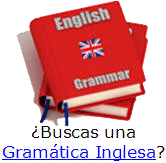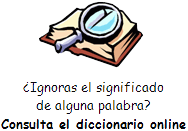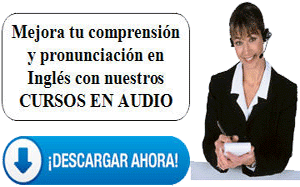|
Prepositions that Tell of Time and
Place
|
 Sugerencias:
Sugerencias:
- Escucha el audio sin consultar el texto. Escucha después nuevamente el audio (utiliza el "control de
audio" o bien el icono "altavoz")
leyendo el
texto y fijándote especialmente en aquéllas palabras o expresiones que no hayas
comprendido.
- Puedes descargar el Audio (a través del icono "altavoz"
![]() ). Utiliza el botón derecho del ratón y "guardar enlace" para
descargar el fichero a tu PC, tablet, Smartphone, etc.
). Utiliza el botón derecho del ratón y "guardar enlace" para
descargar el fichero a tu PC, tablet, Smartphone, etc.
- Aprovecha tus momentos libres (desplazamientos, ocio, etc.) para escuchar los
audios.
- Puedes también descargar el Texto (copia el texto a Word, bloc de notas, etc., y guárdalo en
tu dispositivo para consultarlo offline cuando quieras).
![]() Escucha el audio
Escucha el audio
(escucha el audio más de una vez para familiarizarte con los términos que
se introducen y explican)
TAMBIÉN TE PUEDE INTERESAR:
![]() ¿Quieres recibir en tu e-mail gratis y
periódicamente ejercicios, programas gratuitos, explicaciones y otros recursos
para mantener tu inglés sin esfuerzo? Apúntate a nuestro
cuaderno quincenal de inglés.
¿Quieres recibir en tu e-mail gratis y
periódicamente ejercicios, programas gratuitos, explicaciones y otros recursos
para mantener tu inglés sin esfuerzo? Apúntate a nuestro
cuaderno quincenal de inglés.
La Mansión del Inglés. https://www.mansioningles.com
© Copyright La Mansión del Inglés C.B. - Todos los Derechos Reservados . -




